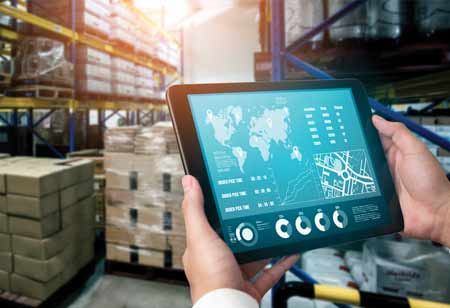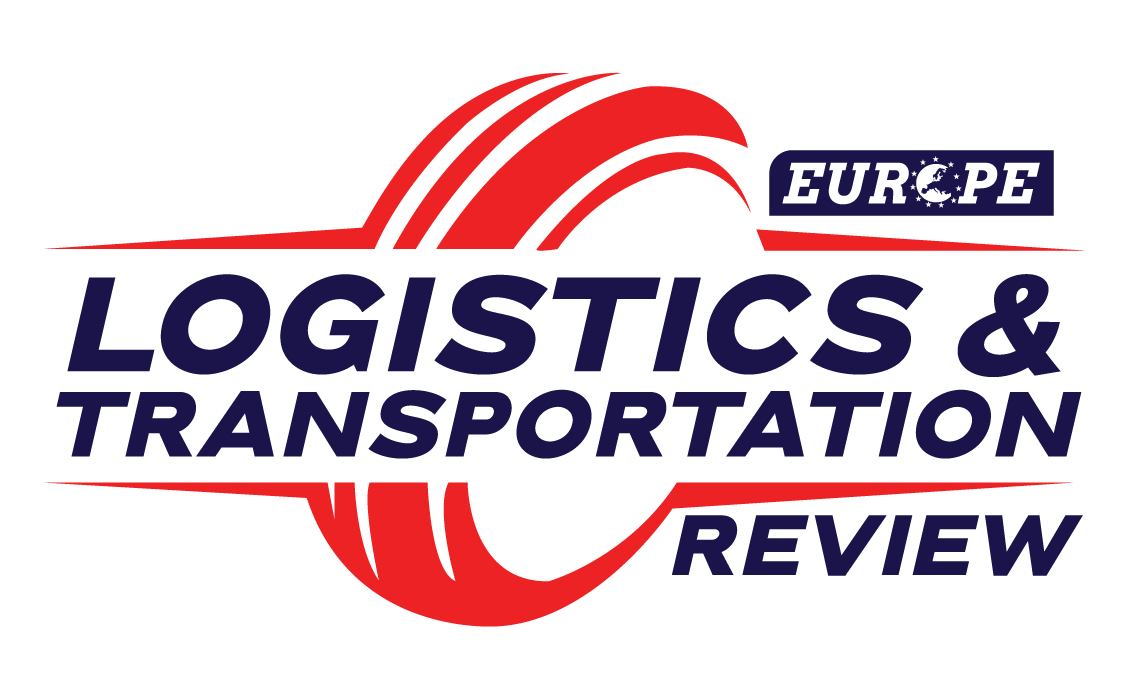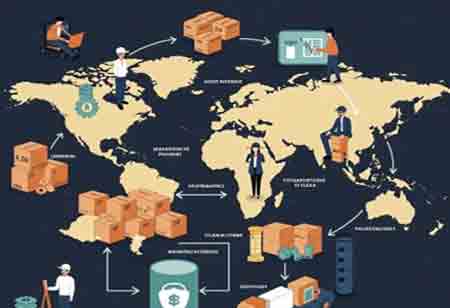THANK YOU FOR SUBSCRIBING
THANK YOU FOR SUBSCRIBING

By
Logistics Transportation Review | Thursday, November 20, 2025
Stay ahead of the industry with exclusive feature stories on the top companies, expert insights and the latest news delivered straight to your inbox. Subscribe today.
Fremont, CA: Across the Asia-Pacific, an evolutionary change in warehouse management is mainly occasioned by operational evolutions, customer expectations, and local economic dynamics. Firms see opportunities to refine logistics for lower cost and speed, thus improving overall responsiveness.
This focus has changed warehouse management from a back-office operation to a strategic variable in the operations of any firm looking to attract innovations and investments. As supply chains become more and more complex, businesses are seeking to implement new methods to enable themselves to manage their inventory in an increasingly precise manner, enhancing product throughput while flexibly maximizing space utilization to satisfy the demand exigencies.
Automation and Smart Technologies in Focus
An advanced and still rapidly growing trend in warehouse management across APAC is the fast-tracked integration of automation and innovative technologies. Robotics, automated storage and retrieval systems and conveyor systems are applied with particular emphasis on accuracy and speed in high-volume facilities. Machine Learning and AI-based platforms allow more intelligent decisions around inventory allocation and replenishment, as well as labor planning.
While they purport to enhance operational efficiency, such advanced technologies also limit the space for human error and, hence, allow the reallocation of labor for more value-adding activities. Such technologies are embraced differently across markets, with the developed economies having the most advanced integration, while the developing economies gradually invest in modular and scalable solutions.
Data-Driven Optimization and Visibility
Most operations in the warehouse are beginning to gloss over with real-time data visibility covering these APAC regions. Advanced warehouse management systems will now permit exquisite granularity of tracking from the point of receiving goods to the point of dispatching them. Adding to such demands for deliveries, same-day or next-day delivery timeliness correspondingly implies that such potential delays would need to be anticipated and responded to. Data analytics provide better forecasts, better demand planning, and, in turn, lower carrying costs for the inventories. Integration between transportation and order management systems creates end-to-end visibility along the supply chain, allowing businesses to act with agility and transparency. As cross-border trades gain more traction, such a data-centric approach signposts a smoother way for companies to operate within legal frameworks while maintaining service consistency.
Sustainability and Workforce Transformation
Sustainability has now gained momentum as an operational issue with the evolution of regulatory frameworks and stakeholder expectations. Warehouses have undertaken energy-efficient construction, energy-efficient operations, waste reduction, and environmentally friendly packaging systems. Such measures support larger corporate sustainability goals and become a means of cost reduction in the long run.
Besides environmental issues, workforce transformation also highly dictates new management styles in operations. With the advent of automation in performing the most repetitive of tasks, greater emphasis is being placed on upskilling warehouse workers to operate and maintain these complex systems. Training programs are thus coming up to ensure safety, support the adoption of technologies, and enhance career growth in the sector. This move is a reflection of the larger movement toward building a flexible operation that will face forward into the future.
I agree We use cookies on this website to enhance your user experience. By clicking any link on this page you are giving your consent for us to set cookies. More info





